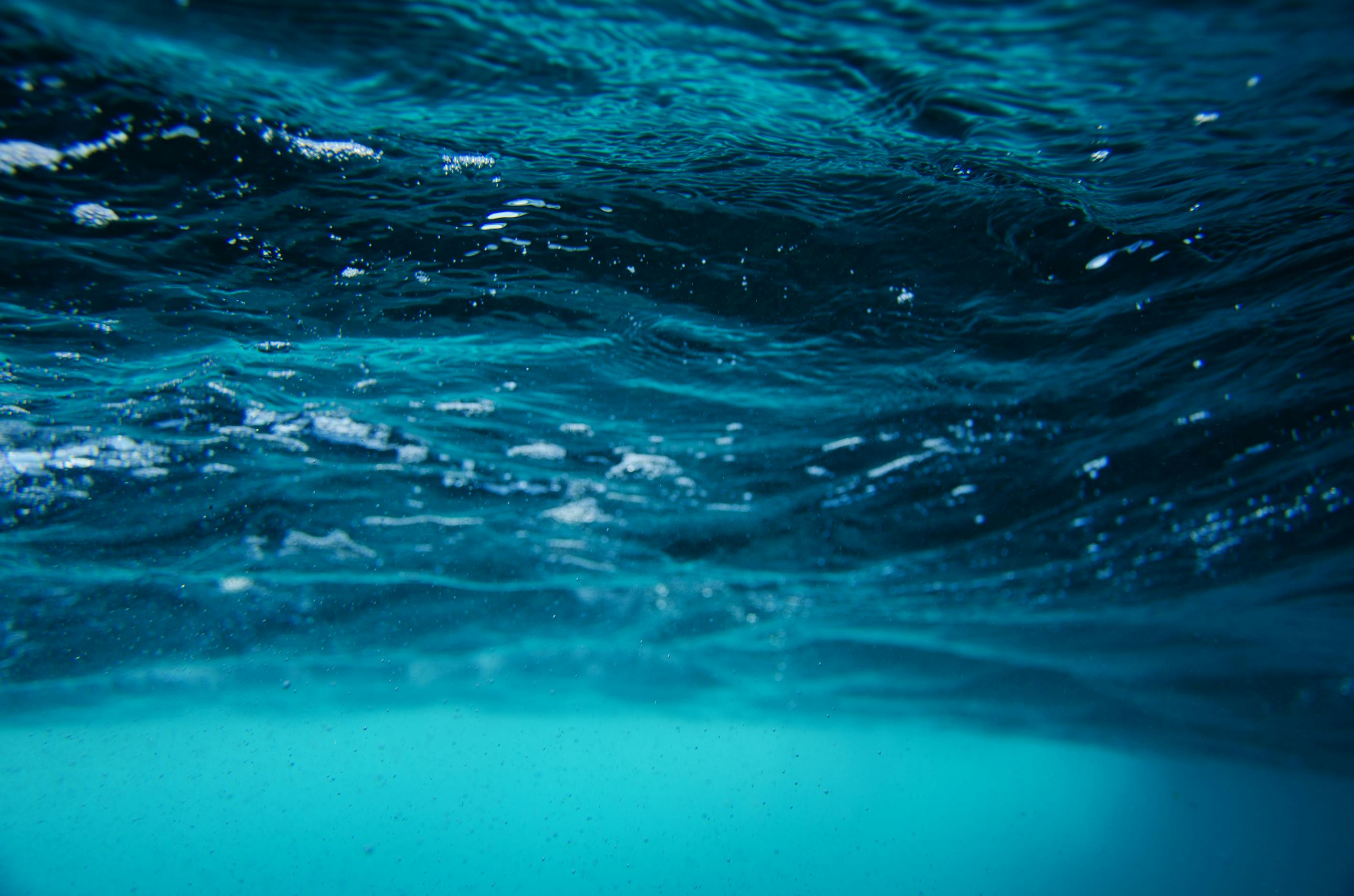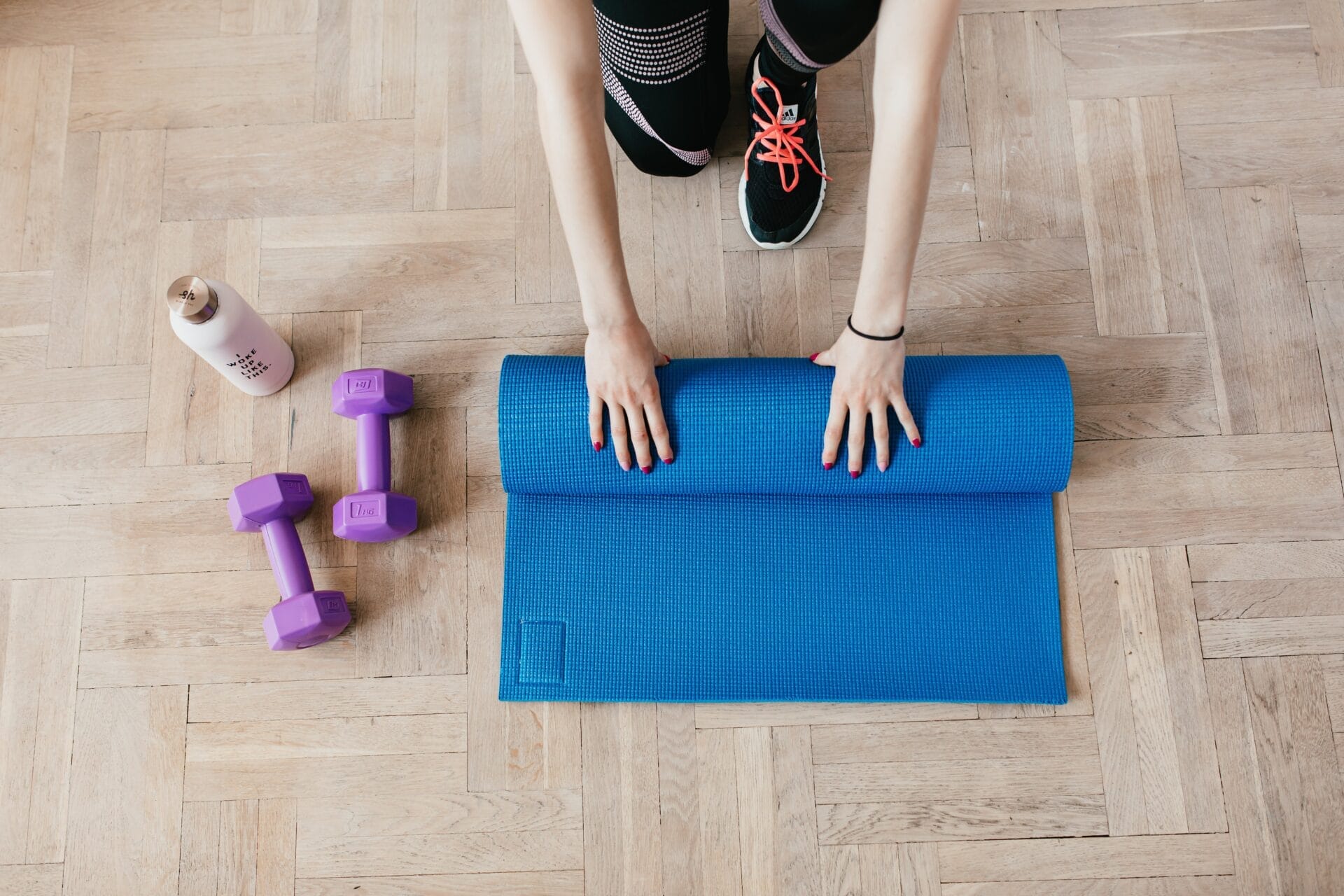If you need to get water from under vinyl flooring, it can be a tricky process. Depending on the type of flooring and the severity of the water damage, the process may require special tools and techniques. In this article, we’ll discuss how to safely and efficiently remove water from under vinyl flooring. We’ll also provide tips for avoiding further damage from moisture and mildew. With some patience and elbow grease, you can get your floors back in shape in no time.To remove water from under vinyl flooring, you will need to begin by locating the source of the water. Once you have identified the source, you can then use a wet/dry vacuum to remove any standing water. Then, use a dehumidifier or air mover to dry any remaining moisture. Depending on the area, it may be necessary to use a fan and open windows or doors to help speed up the drying process. If water is trapped between layers of vinyl flooring, it may be necessary to remove and replace sections of the flooring.
What Tools Are Needed to Get Water Out From Under Vinyl Flooring
When dealing with water damage on vinyl flooring, the first and most important step is to remove any excess water as soon as possible. This can be done using a wet/dry vacuum or mop and bucket. If the area is large, you may need to rent a pump or submersible pump from your local hardware store. Once all of the standing water has been removed, you will need to dry out the area beneath the vinyl flooring. This can be done by opening windows and doors or using fans and dehumidifiers. Make sure that the temperature in the room is at least 70°F for optimal drying conditions.
Once all of the water has been removed, you will need to inspect for further damage. You may find signs of mold or mildew growth which should be treated immediately with an appropriate cleaning solution. If there is any structural damage such as buckling or warping, you may need to replace some of the flooring material or even repair some of the underlying supports. Finally, you can use sealants and waterproofing products to help protect your vinyl flooring from future water damage.
In conclusion, removing water from under vinyl flooring requires a wet/dry vacuum or pump, fans and dehumidifiers, cleaning solutions for mold/mildew growth, and sealants/waterproofers for protection against future damage. With these tools in hand, you should be able to effectively remove any excess moisture from beneath your vinyl flooring and restore it back to its original condition.
Step 1: Identifying the Problem
Water seepage under your vinyl flooring can cause serious damage to the floor and the subfloor underneath. If left unchecked, it can lead to mold and mildew growth as well as buckling and warping of the vinyl. It is important to identify and address water issues as soon as possible in order to prevent further damage.
Step 2: Locate the Source of Water
The first step is to locate the source of water. If there is a water leak or spill, it will need to be fixed in order to stop further damage. Look for any signs of moisture around pipes, appliances, or other sources that could be causing a problem. If you are unable to find a source, it may be helpful to contact a professional for assistance.
Step 3: Remove Vinyl Flooring
Once you have identified the source of water, you will need to remove the vinyl flooring in order to access the water underneath. This may involve using a utility knife or other tools such as a pry bar or chisel. Make sure that all nails and staples are removed before attempting to pull up pieces of vinyl flooring.
Step 4: Extract Water
Once you have access to the area underneath your vinyl flooring, it is time to extract the water. This can be done with towels or absorbent materials such as rags or sponges. It is important to thoroughly dry this area so that no moisture remains behind. If possible, use fans or dehumidifiers for an extra boost in drying power.
Step 5: Restore Flooring
The final step is restoring your vinyl flooring once all of the water has been extracted from underneath it. This may involve replacing any damaged pieces and using new adhesive materials in order to secure them in place again. Once everything is back into place, inspect your work and make sure everything looks secure before proceeding with any other home improvement projects.
Tips and Tricks for Extracting Water From Under Vinyl Flooring
Extracting water from under vinyl flooring can be tricky. However, there are a few tips and tricks that can help you do this job better. The first step is to locate the source of the water. If the water is coming from a damaged pipe, fix it immediately to avoid further damage. Once you have identified the source, you need to start removing the flooring and check for any signs of water damage. You should also check for mold growth, which may indicate an ongoing moisture issue.
Once you have identified the source of the water and checked for any damage, it is time to start extracting the water from under your vinyl flooring. The best way to do this is by using a wet/dry vacuum cleanerto suck up all of the standing water. Make sure you are using a vacuum with adequate power for your needs so that all of the water can be removed in one go. This will prevent any further damage to your vinyl flooring due to prolonged exposure to moisture.
In addition to using a wet/dry vacuum, you can also use towels or rags to soak up any remaining moisture. Place them on top of the affected area and press down firmly in order to absorb as much liquid as possible. It may take several towels or rags depending on how much liquid is present in that area.
Finally, use fans or dehumidifiers to help dry out any remaining moisture from under your vinyl flooring. This will ensure that no mold or mildew growth occurs due to excess moisture in that area. Additionally, make sure you check all surrounding areas regularly for signs of moisture buildup and take appropriate action if necessary. With these tips and tricks, extracting water from under your vinyl flooring should be easy and efficient!
What To Do When There is Too Much Water Under Vinyl Flooring
If you notice that there is an excessive amount of water under your vinyl flooring, there are some steps you can take to address the issue. First, determine the source of the water. If it’s from a plumbing leak, make sure to address the plumbing issue before attempting to address the water under the flooring. Once you’ve determined the cause of the water, you can start to take action.
The most important thing is to make sure the area stays dry. You can use a combination of towels and fans to remove any excess water and help dry out the area as quickly as possible. Make sure you keep an eye on it and replace any towels that become soaked with dry ones. Also, open windows or turn on a dehumidifier if needed, as this will help speed up the drying process.
Next, assess any potential damage caused by the water. Look for signs of warping or staining on your vinyl flooring and inspect for any other damage caused by moisture. If there is extensive damage, it may be necessary to replace sections of your flooring or even have a professional install new flooring altogether.
Finally, once all of the excess water has been removed and any damage has been assessed, it’s important to check for mold growth in order to prevent any health issues in your home. If you find mold growing under your vinyl flooring, use an anti-fungal spray or solution recommended by a professional to treat it properly before replacing any damaged sections or laying new vinyl flooring down over top of it.

Using the Wrong Equipment
Removing water from under vinyl flooring requires the right equipment to avoid further damage to the floor and its subfloor. When using a wet/dry vacuum, make sure it has a squeegee attachment; otherwise, it may not be able to suck up all the water. Additionally, avoid using a regular household vacuum, as it can damage the vinyl material and potentially cause further water damage. It is also important to use proper ventilation when drying out the area under the flooring.
Not Removing All of The Water
When attempting to remove water from under vinyl flooring, it is important to make sure that all of the moisture is removed. Even residual moisture can create mold or mildew problems in the future. To ensure that all of the moisture is gone, use fans and dehumidifiers and allow them to run until all of the surfaces are completely dry.
Not Inspecting The Subflooring
Before replacing any damaged sections of vinyl flooring, be sure to inspect the subflooring beneath it. If there has been significant water damage, it may be necessary to replace sections of subflooring before installing new flooring on top. Additionally, if mold or mildew has developed after removing excess water, be sure to take appropriate steps for removal before installing new vinyl flooring.
Not Repairing Seams or Edges
If any seams or edges of vinyl flooring have become loose after removing excess water, they should be repaired before continuing with installation. If not properly sealed off around these seams and edges, there is a risk that more moisture will seep in and cause further damage down the line. Make sure any loose areas are properly sealed off with adhesive before continuing with installation.
Not Installing Adequate Underlayment
After removing excess water and repairing any loose areas, adequate underlayment should be installed beneath new vinyl flooring. This will help protect against moisture in the future as well as provide additional cushion for walking on top of your new floors. Be sure to install a high-quality vapor barrier between your new underlayment and subfloor for added protection against moisture seepage.
<br
Using a Wet/Dry Vacuum
One of the most effective methods for removing water from underneath vinyl flooring is to use a wet/dry vacuum. This method is ideal for small to medium-sized areas, such as bathrooms and kitchens. The vacuum will suck up the water, leaving the area completely dry. It is important to note that some vacuums may not be powerful enough to remove all of the water, so it may take several attempts in order to get everything out. Additionally, make sure that the area is well-ventilated while using a wet/dry vacuum, as the moisture can create an unhealthy environment.
Using Absorbent Materials
Another way to remove water from underneath vinyl flooring is by using absorbent materials such as towels or sponges. Place these materials over the affected area and allow them to absorb the water. Change out the materials periodically and replace them with fresh ones until all of the moisture has been removed from underneath the vinyl flooring. Be sure to use caution when doing this, as some absorbent materials may leave behind stains or residue that could damage your floors.
Using a Dehumidifier
A dehumidifier can also be used to remove water from underneath vinyl flooring. This method is best suited for larger areas, such as basements or other enclosed spaces where there is a lot of humidity present. The dehumidifier will draw out moisture from the air and help reduce humidity levels in the area. Be sure to monitor humidity levels closely in order to prevent any further damage caused by excess moisture.
Using Fans and Open Windows
For smaller areas or less severe cases of water damage, fans and open windows may be enough to help dry out an area without causing any further damage. Simply place fans around the affected area and open windows in order to allow air circulation throughout the space. This method is best suited for smaller areas that have not sustained too much damage due to excess moisture.
Drying Out the Subfloor After Removing Water from Under Vinyl Flooring
When water gets under vinyl flooring, it can cause damage to the underlying subfloor. To prevent further damage, it is important to properly dry out the subfloor after removing water from beneath the vinyl flooring. There are a few steps you can take to quickly and effectively dry out your subfloor and help protect it from further damage.
The first step in drying out your subfloor is to remove any standing water that may be present. This can be done with a wet-dry vacuum and will help ensure that all of the excess water has been removed. Once you have removed all of the standing water, you should then use fans or dehumidifiers to help speed up the drying process. Running fans or dehumidifiers on high for several hours will help absorb moisture from both the air and floor surfaces.
It is also important to make sure that your subfloor is properly ventilated while drying out. Open windows and doors in the room, and turn on any exhaust fans if possible. This will help ensure that fresh air is circulating through the area, which will speed up evaporation and allow any remaining moisture to more easily evaporate.
You should also inspect your subfloor for any areas of potential mold or mildew growth. If mold or mildew are present, then it is important to take steps toward removing them as soon as possible before they have a chance to spread further into other areas of your home. Using a bleach solution on affected areas can help kill off any existing mold or mildew before it has a chance to spread.
Once you have taken all of these steps, you should be able to safely dry out your subfloor after removing water from beneath vinyl flooring without having to worry about further damage being done. By taking these steps, you can help ensure that your subfloor remains in good condition for years to come and protect it from further damage caused by excess moisture beneath vinyl flooring.

Conclusion
In summary, getting water out from under vinyl flooring is a process that requires patience and the right tools. It is important to determine where the water is coming from and how much needs to be removed. After that, use a wet dry vac or a sump pump to extract the water. If the water has pooled in several places, use a floor squeegee or mop to spread it out into a central location before vacuuming it up. Finally, use towels or rags to absorb any remaining moisture. With these steps, you can get rid of unwanted water underneath your vinyl flooring quickly and easily.
If you have difficulty removing all the moisture on your own, consider hiring a professional who can evaluate the situation and provide assistance in removing all of the excess water. Remember that leaving standing water under your vinyl flooring can cause damage over time. So be sure to take proper precautions and remove any unwanted moisture as soon as possible.

